SEE the Change
OUR Mission
To Create Equitable opportunities for BIPOC Equestrians
Access. SEE supports the critical work of organizations that provide access to equestrianism for young people who identify as Black, Indigenous, and People of Color (BIPOC). SEE collaborates with access programs and offers financial support through our Access Program Grants. We are also building a national directory of equestrian access programs to help connect participants, volunteers, and donors to grassroots programs.
Professional Pathways. One of the unique features of equestrian sports is the number of professional pathways for individuals who wish to find a career working with horses. SEE’s Professional Pathways Program is working to increase diversity in equestrian professions and advancing economic justice for BIPOC individuals by helping to ensure equitable access to professional advancement opportunities.
To Build A More Inclusive Equestrian Culture
Engage and Educate. SEE develops and publishes educational content that explains anti-racism; promotes informed allyship; supports organizational diversity, equity, and inclusion work; celebrates the history of BIPOC equestrians; and elevates the visibility of BIPOC equestrians today.
Theory of Change
The United States is an increasingly diverse country, but equestrian sports do not reflect that reality. This can and should change. We believe that by (1) promoting a more inclusive culture and (2) creating equitable opportunities for Black, Indigenous, and People of Color (BIPOC) people we can increase the strength and diversity of the equestrian community.
Recognizing that we must be the change we wish to see in the world, SEE will encourage equestrians to stand shoulder to shoulder to fight for equality and justice. Not quietly, not anonymously... but proudly and loudly.
Stacy and Heather in 2001
Our History
Equestrian sports have long been a majority white sport; affluence, privilege, and access to land and wealth are the hallmark of the classic equestrian. For Black, Indigenous, and People of Color (BIPOC) equestrians and their allies, the lack of diversity within the sport has been an issue we hope to solve. 2020 has been a landmark year for social discourse on racism and equality, and this discussion has grown within the hearts of many riders and owners alike.
The idea for Strides for Equality Equestrians began when Heather Gillette and Anastasia (Stacy) Curwood decided to create an inclusion and allyship initiative in July of 2020. Earlier that summer, Eventing USA magazine editor Leslie Mintz contacted Stacy to get her perspective as a black eventer in light of current events and renewed conversations on equity, justice, and systemic racism nationwide. An eventer, as well as a Ph.D. in History and Director of African American and Africana Studies at the University of Kentucky, Stacy offered a unique perspective bolstered by her own experience as well as her academic understanding of racism in this country. From this conversation came three very important questions: What can we do to move the conversation forward? What needs to happen to make this time different? What would actually help? Stacy's answer was “We need allies! People who are brave enough to stand shoulder to shoulder to fight for equality and justice'. Not quietly, not anonymously... but loudly and proudly.”
That is where Heather entered the discussion. Stacy recommended that Leslie interview Heather, who has long been a vocal ally for BIPOC riders inside the equestrian world. During the interview, the two discussed how important support and encouragement is for BIPOC eventers in a sport where they can easily feel alone. Many professional riders and other equine professionals have shown a reluctance to openly discuss diversity and inclusion, and this needs to change. “We all share a love of the horses and the sport, and that shared commitment should bring us together”, said Heather in the interview. Rather than waiting for someone else to begin discussions and build support for BIPOC equestrians, she decided to become part of that change herself. The next morning, Heather called Stacy and proposed creating an allyship project to inspire this change. With that phone call, Strides for Equality Equestrians (SEE) was born.
SEE began with the goal of promoting inclusion and allsyhip in the eventing community. Heather and Stacy wanted to create a program to make support visible and make the voices of BIPOC equestrians and their allies heard OUT LOUD. From this goal grew the desire to expand diversity in all equestrian sports by reaching out to BIPOC people in their own communities and building partnerships with existing organizations that have developed programs and relationships at the local level.
Matt Brown, an accomplished high-performance eventer, was also interested in expanding diversity through mentorships and apprenticeships for BIPOC who want to make their careers in horses. The equestrian world is full of professional opportunities for riders, vets, farriers, equine lawyers, bloodstock agents, nutritionists, to name a few. Matt suggested that SEE could be a resource to help connect BIPOC equestrians with resources and provide support to expand these professional opportunities to non-traditional audiences.
The group also recognized the need for education about systemic racism. Many BIPOC equestrians and allies feel helpless when they think that nothing can be done. Additionally, many members of the equestrian community do not believe injustice and inequality exist. Education and awareness are key to understanding and acceptance, and Matt, Stacy, and Heather want SEE to be a resource for helping equestrians achieve this. “We don't want to dictate to a tired or resistant audience,” said Stacy. “Instead, we want to engage equestrians' inquisitive nature to learn and be curious about the workings of race and racism in our worlds and why we need to understand them — even in the seemingly unrelated world of horse sports.”
The team recruited additional members to the steering committee, bringing their experiences as BIPOC equestrians, their impressive organizational and technical skills, and loads of enthusiasm. Through many hours of discussion and planning, this team made SEE a reality.

